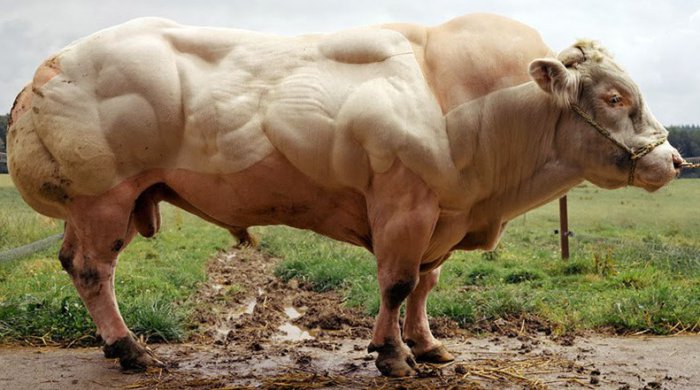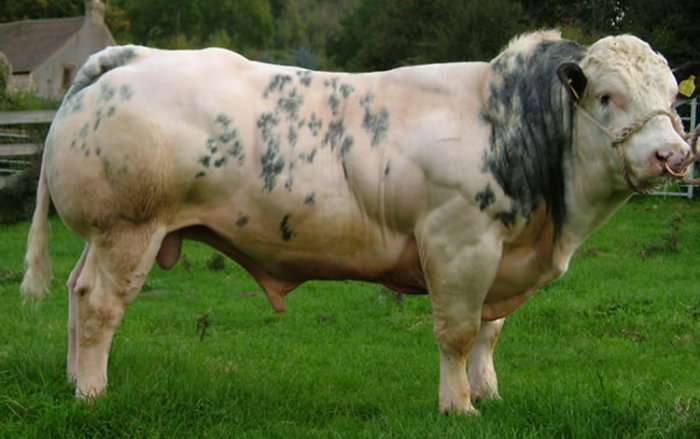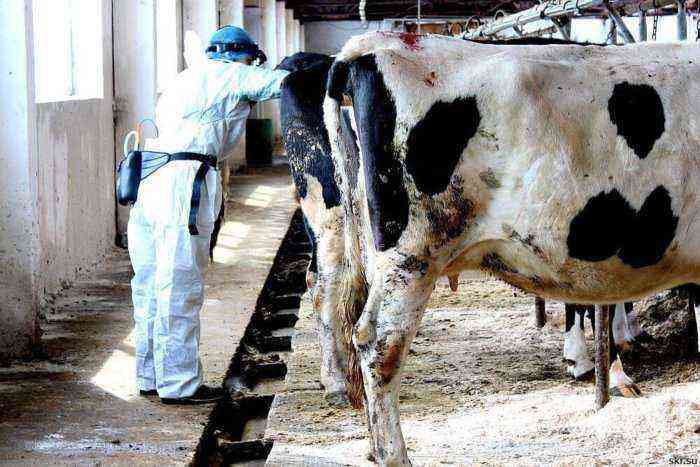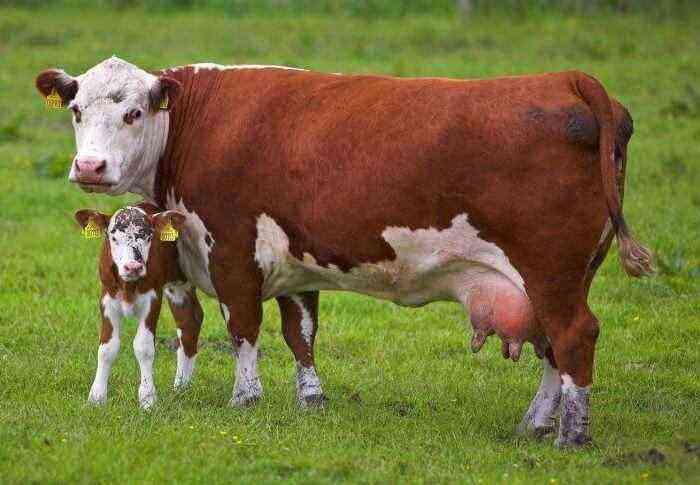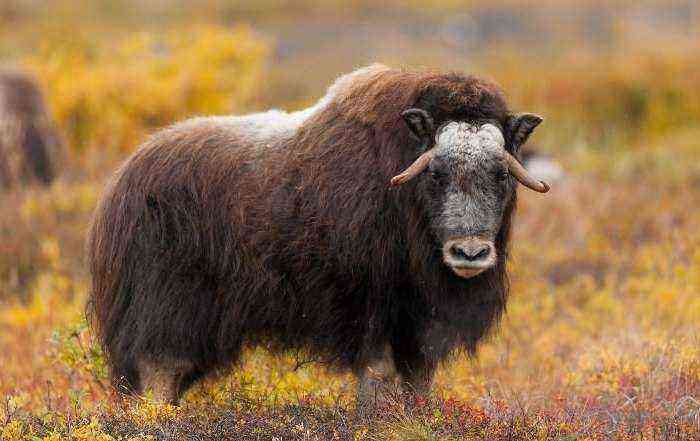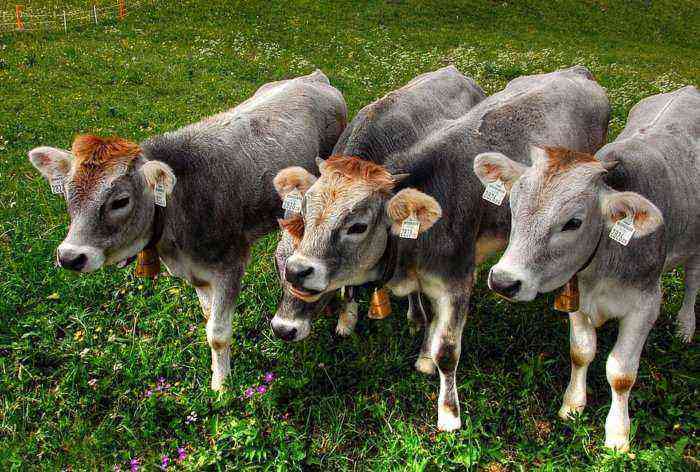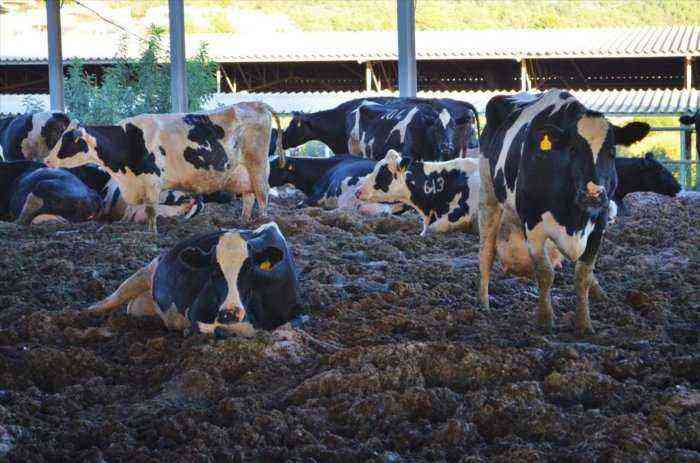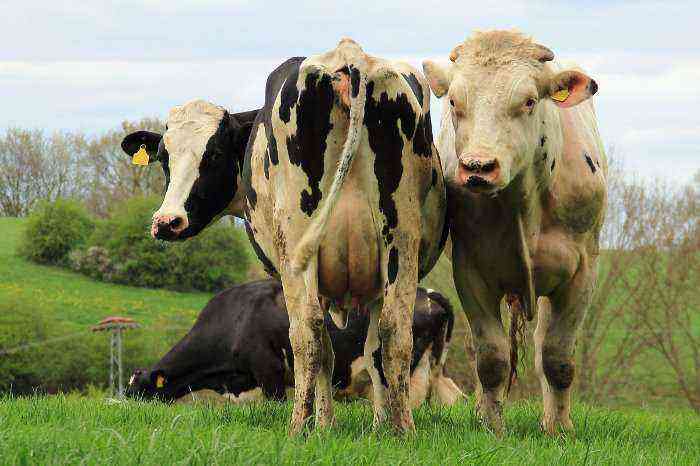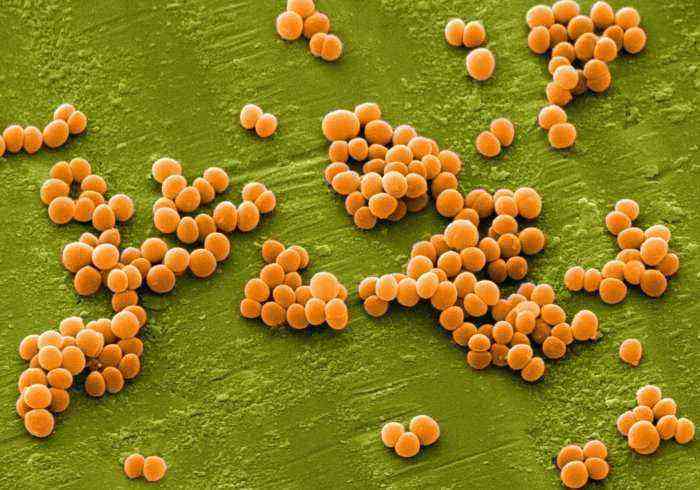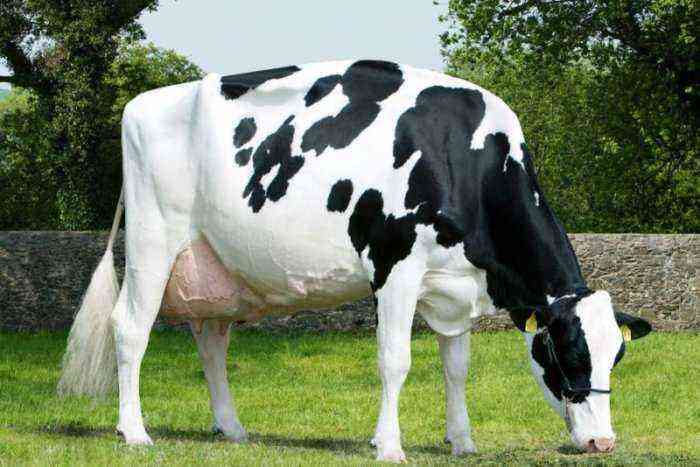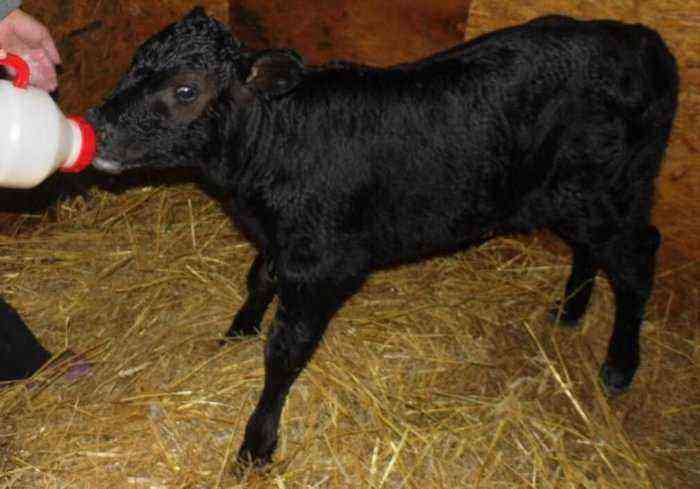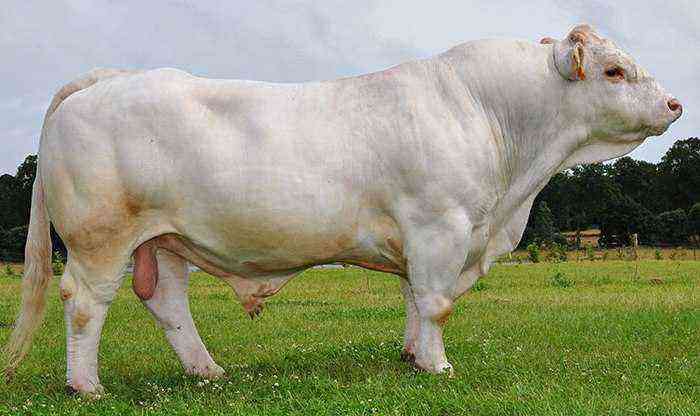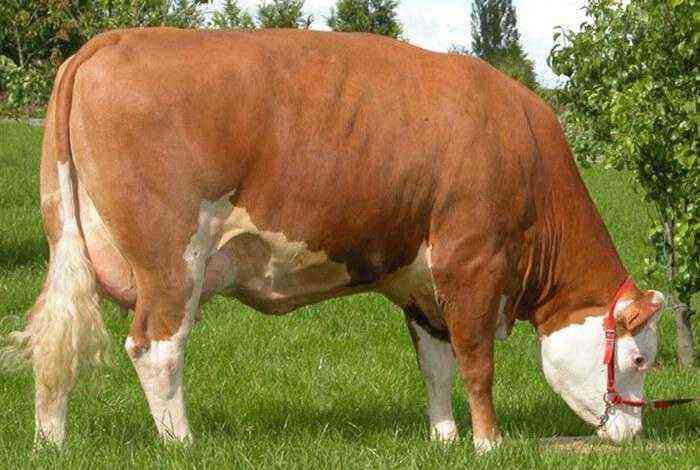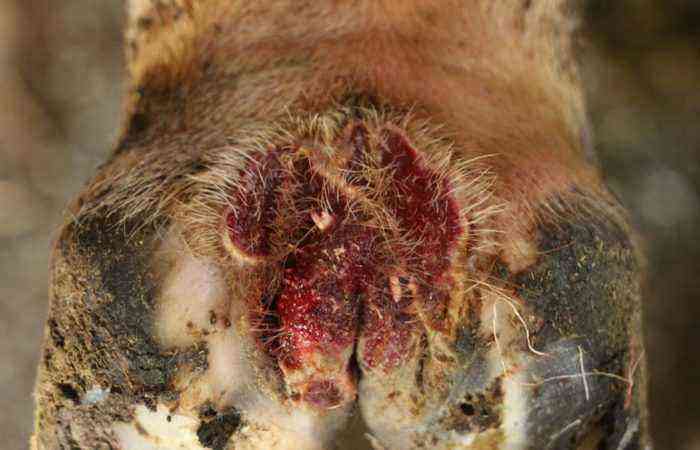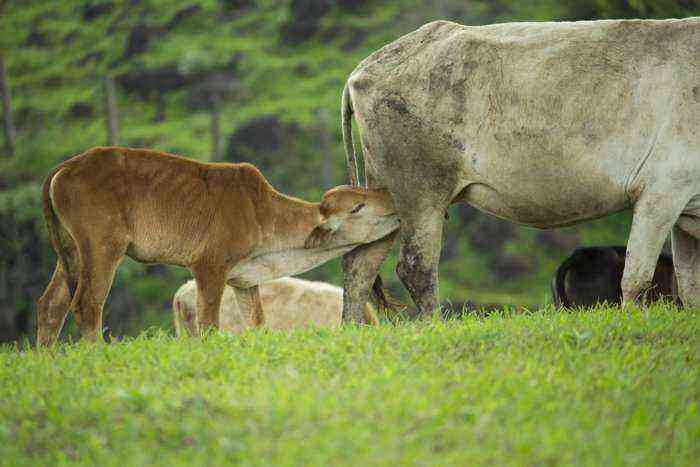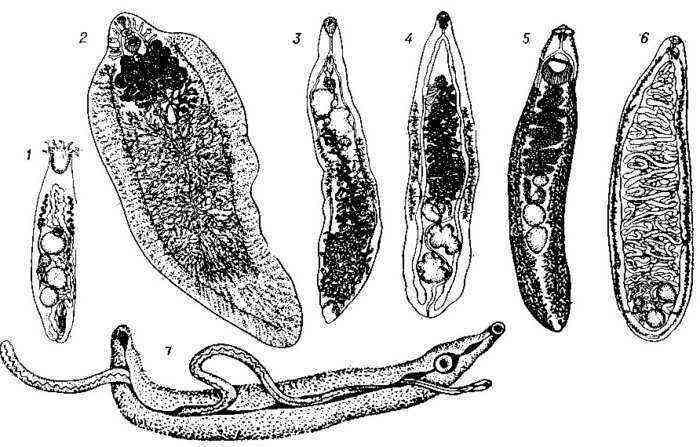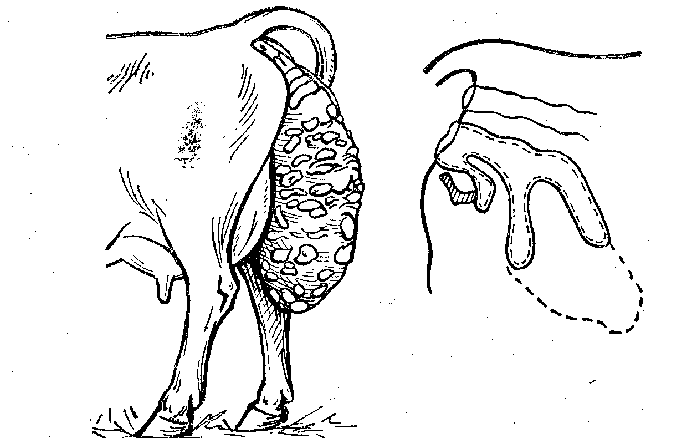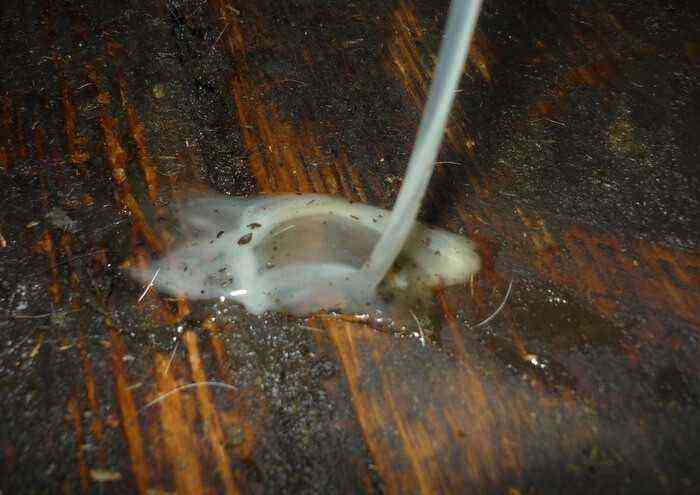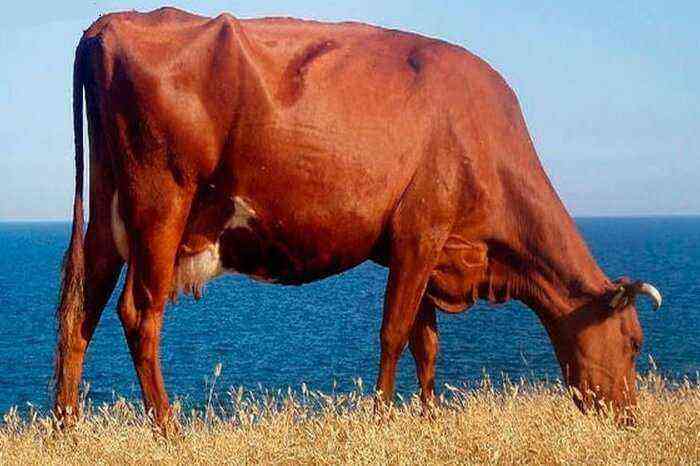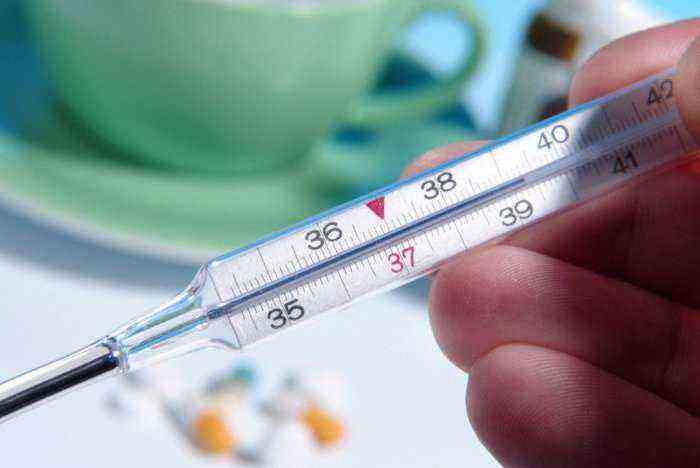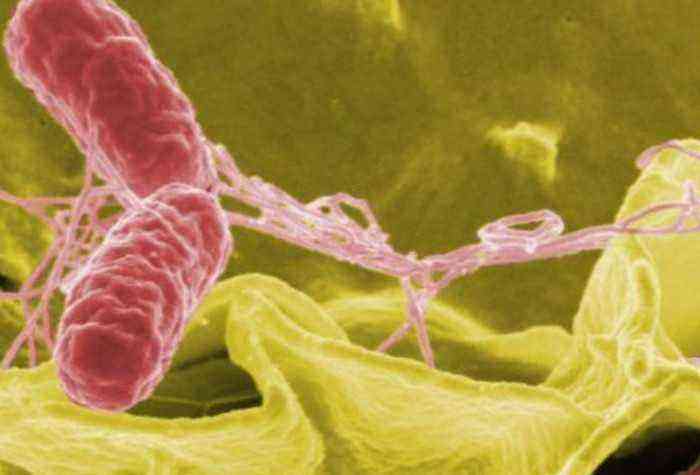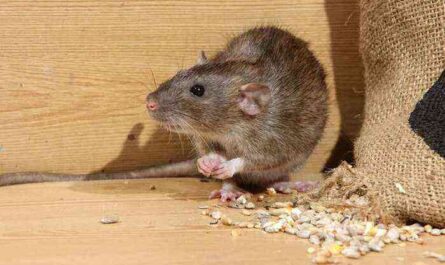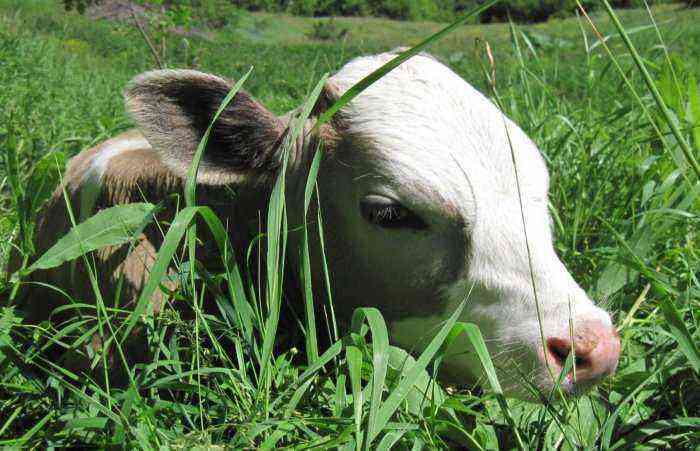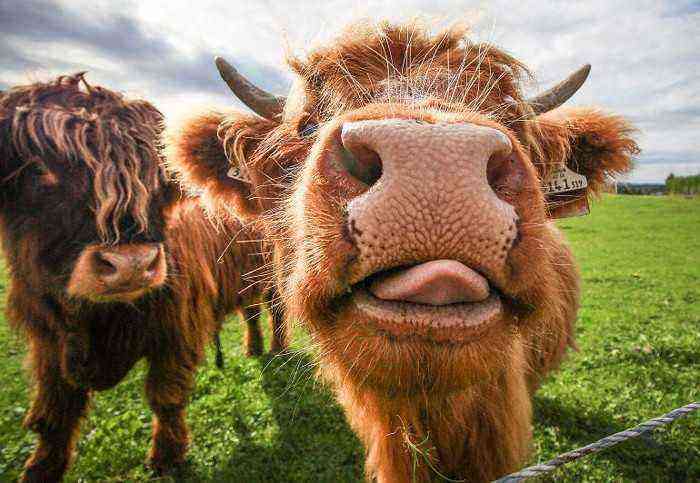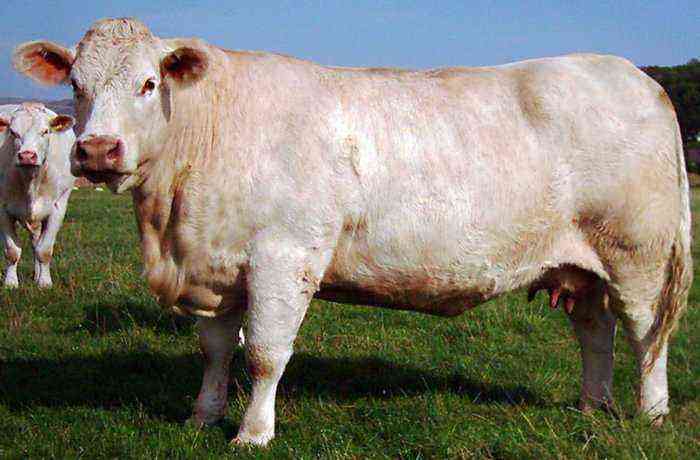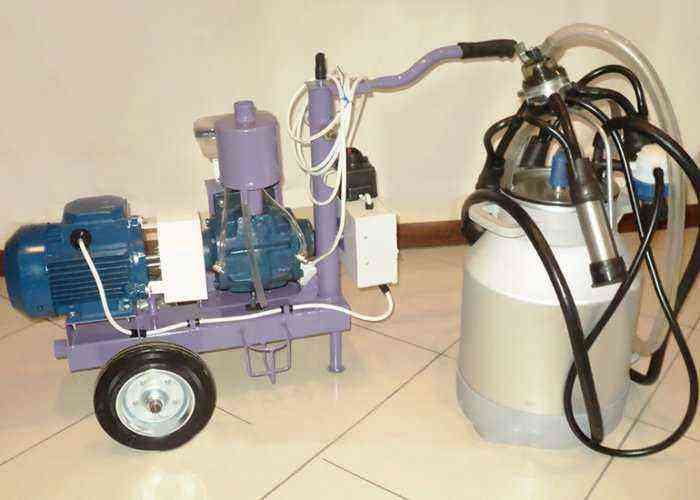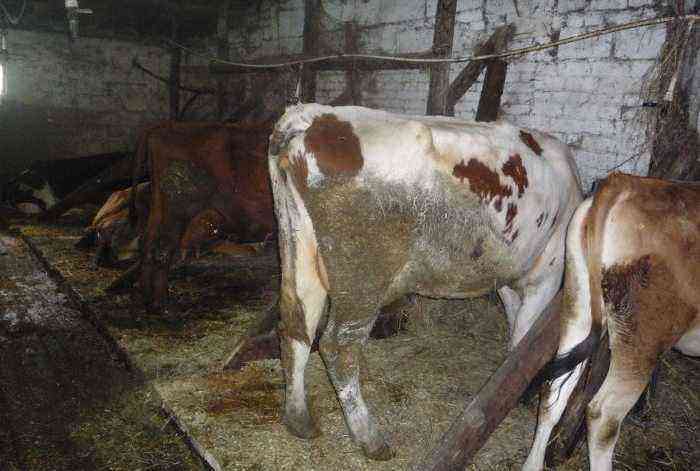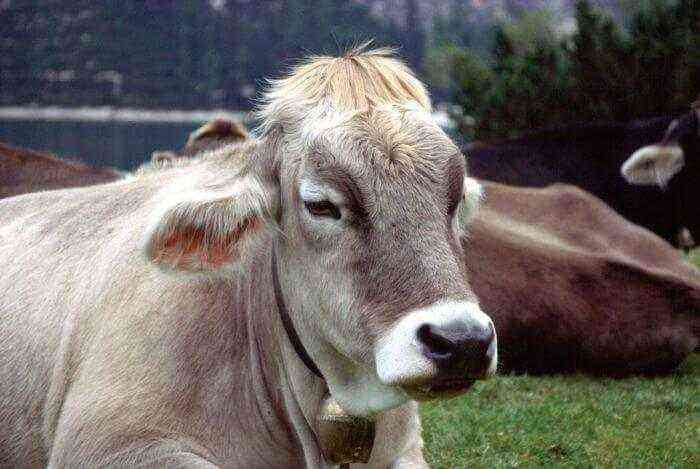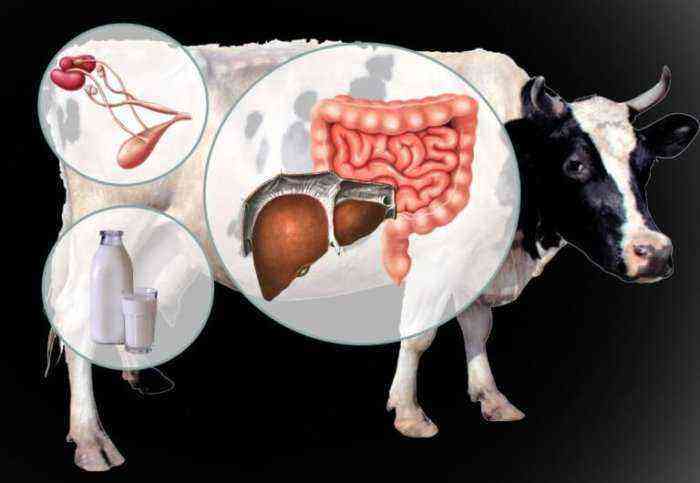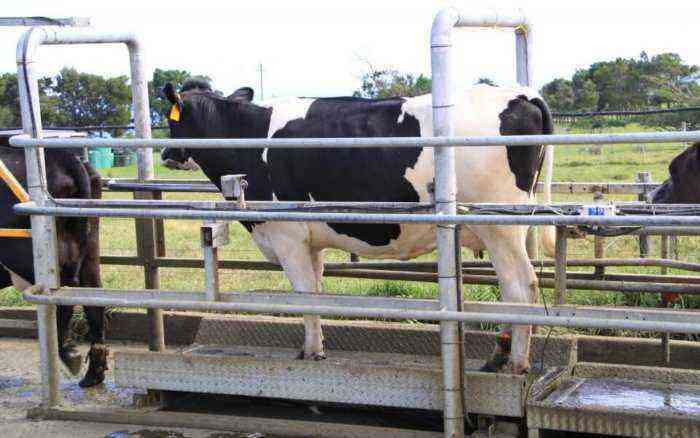At first glance, it may seem that the Belgian blue cow is simply stuffed with various preparations for rapid growth and other additives. But in fact, the overdeveloped muscle mass and the bluish tint of the skin of animals is just the result of many years of natural selection, which was carried out by scientists from Belgium. At the same time, in refutation of many speculations, it can be said that the meat of such animals is of the highest quality and has a number of useful properties.
Belgian blue cow
History of the origin of the breed
Initially, the Belgian breed of cows was bred as meat and dairy. Back in the XNUMXth century, breeders from Belgium made attempts to create it, crossing local varieties of Friesian cattle with short-horned bulls that arrived from England. The result of such selection was a new variety of cattle, which was ahead of the original breeds in size and gave good milk yield.
In the future, breeders changed the direction of work and decided to turn the breed into exclusively meat. For this (according to some sources), representatives of the blue cow were crossed with bulls of the Charolais variety in the XNUMXth century. The resulting offspring from the first days of life was larger than the young of other breeds. But other features of the appearance of the cow did not stand out.
The breed got its characteristic appearance already in the 1960s. It was at this time that Professor Hanset, who lives in the city of Liege, took up the further selection of cattle. In the course of his work, he managed to cause a mutation in one of the animal’s genes, as a result of which the production of proteins responsible for controlling the growth of muscle tissue in the body of cows stopped. As a result, the Belgian blue bull received muscle hypertrophy, which was fixed in all subsequent generations of cattle.
As a result, cows with “double musculature” gained unusually high popularity in the country, and later in other European countries. The reason for such a wide demand for this pedigree line of cattle was the minimum layer of fat and the high palatability of meat, as well as its impressive slaughter yield.
Description and appearance
The external parameters of a blue cow ideally correspond to the meat type of productivity. The average weight of a female is 800-900 kg. Bulls are much larger in weight and reach 1300 kg on good fattening. At the same time, the growth of the animal at the withers, as a rule, does not exceed 150 cm.
Belgian blue bull
The color of the representatives of the breed in most cases is white or bluish. But individuals with a variegated and even black color are also quite common. The wool cover of livestock is slightly developed, which is the result of long-term selection in regions with a warm climate.
Of the most characteristic features of the physique of the Belgian blue bull, the following stand out:
- massive and slightly elongated body;
- relatively small head, on which horns are completely absent;
- short massive neck;
- significantly developed muscles in the shoulders, croup, lower back;
- the limbs are squat and strongly built, they are distinguished by a developed ham.
Externally, the exterior of such animals looks quite menacing. But in fact, such cattle are distinguished by an extremely peaceful disposition. Cows behave calmly in relation to the rest of the herd, other domestic animals and humans.
Productivity
In terms of meat productivity, such cows are clear champions. With the proper composition of feeding, the slaughter yield of meat from the carcass is 80%. At the same time, the resulting beef is distinguished by a delicate texture, juiciness and minimal fat layers.
But in addition to significant meat productivity, the milk yield of blue cattle is also kept at a high level. On average, in 250 days, one cow can produce 4000-4500 liters of milk, which is quite a lot for meat breeds. The average fat content of such a product is 4%.
Reference. This breed line is also often used in breeding work. When crossing, the slaughter yield of meat in representatives of other breeds of cattle increases by 5% or more. At the same time, in cows obtained as a result of such mixing, the taste of meat also increases significantly.
Maintenance and care
A wide range of advantages of the breed and its high popularity are offset by certain requirements for the conditions of keeping blue cattle. It is bred exclusively in regions with a warm climate. In the cold, due to the lack of thick wool, cows often develop various diseases and productivity decreases.
In addition, a large body weight implies several other points that must be observed when breeding:
Belgian blue bull in the pasture
- Pastures should be located near the place where animals are kept. Blue cows with high physical activity often develop limb edema. Accordingly, long hauls to grazing areas during their cultivation should be excluded.
- Grazing areas should be as flat as possible, without bumps and holes. If the surface is bumpy, the cow may trip. And with such a mass, it is fraught with fractures or severe injury to the limb.
- In summer and winter, in addition to the main diet, it is imperative to organize feeding for animals, which will help maintain health and increase weight.
Be sure to take care of the right place for keeping livestock. In the warm season, a covered area will suffice, on which straw is laid, with a layer of 50 cm. Further, livestock is launched onto such a litter. Animals compact the straw tightly, and such housing is completely ready for occupancy.
In warm regions, it can also be used in winter. Only in this case the litter layer is increased, and the norm of straw per head is at least 2 kg.
If the winters in the region are rather cold, then it is better to transfer the herd to tethered keeping in a warm room. In any case, due to their large size, such animals need a sufficient amount of free space. This point must be taken into account when preparing a room for recreation and choosing pastures.
Food
The Belgian large blue bull implies certain requirements for the composition of the diet. In the summer, the basis of his food should be grass from pastures. The greens of legumes are best in this case. In winter, animals need plenty of hay and straw.
It is also important to supplement the menu of these cows with high-quality combined feeds. To achieve good weight gain and improve the taste of meat allows feeding the “Belgians” with vegetables and root crops. Especially well they eat carrots, fodder beets, zucchini.
Courgettes
Without fail, the main feeding must be supplemented with mineral supplements. Moreover, it is especially important to provide livestock with a sufficient amount of calcium and phosphorus. The large weight of animals creates a serious load on their bones, and due to the natural thinness of the bones, they can easily break. Therefore, it is important to constantly strengthen them.
As for the summer grazing of such livestock, it is best to carry out it on cultivated pastures with purposefully grown plants of a certain type. In addition, if the maintenance of Belgian cows is carried out in the steppe zone, it is important to take care of reserve food supplies in advance in case of drought.
Breeding features
Features of the physique and a narrow pelvis, in particular, require the observance of certain subtleties in the process of breeding the breed. The fact is that purebred “Belgians” are born a little larger than other breeds, but a calf cannot exit through a narrow pelvis. Therefore, in most cases of pregnancy, the mother is performed by caesarean section.
Another way out may be to cover the cow with a bull-inseminator of another variety of cattle. In this case, the baby has less weight. But from his mother he receives the gene of “double musculature”, due to which he quickly catches up in growth with purebred young animals.
Newborn calves are fed colostrum and milk for the first three weeks. By about 2 months of age, they are completely transferred to an adult diet.
The Belgian blue cow is valued all over the world for its high meat qualities. And despite the fact that its content involves a number of nuances that require mandatory compliance, such cattle are raised by breeders from all over the world. As for Russia, you can hardly meet such animals in the domestic expanses because of the cold winters, which cows endure extremely poorly.
